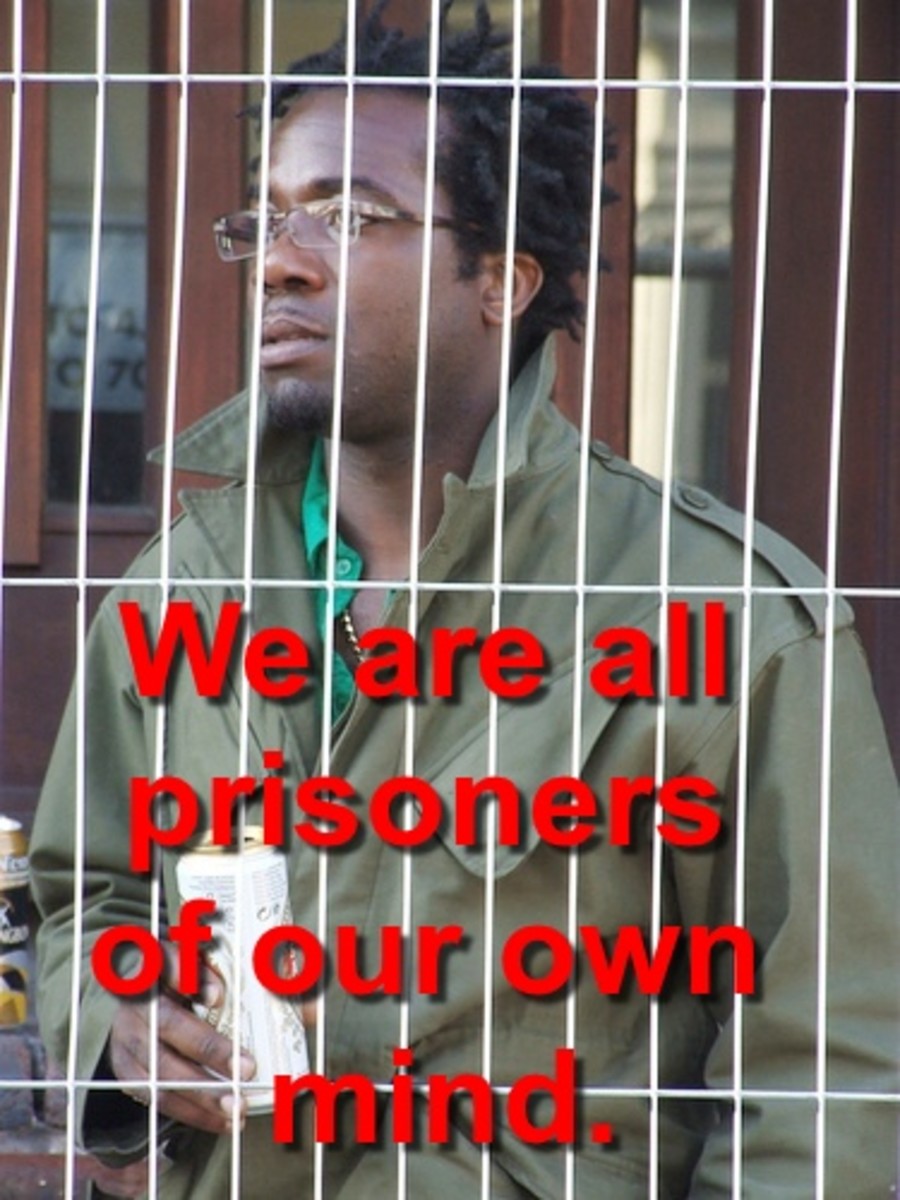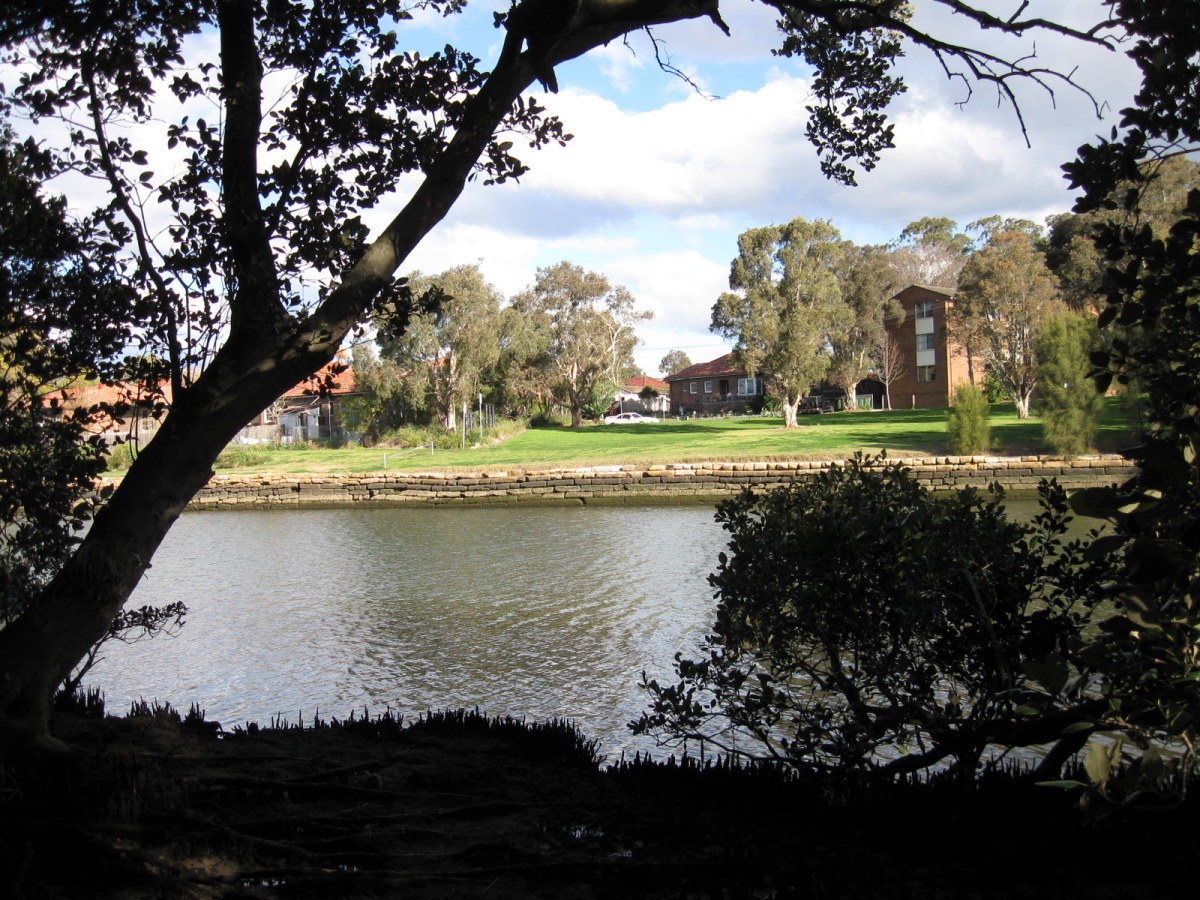- HubPages»
- Health»
- Mental Health»
- Emotions
Vipassana Meditation - Becoming Happy - Part Two
Yours truly...not particularly happy
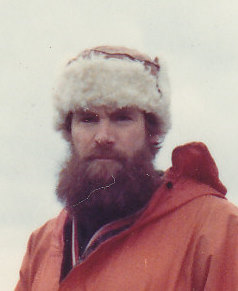
Vipassana Meditation and Becoming Happy
This Hub concerns itself with happiness. Wayne Dyer says that there is no way to happiness, “happiness is the way.” He’s right. Happiness is the way. But to enable the joy, the happiness of what we are already to shine through, we need to know certain things. None of these things are new discoveries. They’re all ancient news. Wise people of all cultures, nations, religious background from all over the world have been proclaiming these truths down the millennia. You find them written in holy books. You find them in the works of great playwrights, great authors – yes, and lesser authors- people who have discovered for themselves what works, and what doesn’t, when it comes to being happy.
Cosmic Laws - The Giant within is aware of them
We’re told that there are a number of Universal or Cosmic Laws which need to be adhered to. No, there isn’t a big, authoritarian figure with a long, white flowing beard up there watching to see whether we sin or not. Nevertheless, we do have a part of ourselves which is far, far greater than the little ego-self we generally identify with. We do have, a Higher Self, “A Giant Within.” The Giant is aware of these Universal Laws. It encourages us to become aware of these laws and to adhere to them so we can become happier, more joyful. It is happy to see us happy.
So what are some of these laws?
Wandering Albatross

Number One Law of our Personal Mind
The one that most readily springs to my mind is: “We bring into our lives that which we think about most.” The psychologist, Roberto Assagioli, put it down as his Number One Law of the Mind, this way:
Images or mental pictures and ideas tend to produce the physical conditions and the external acts that correspond to them.
Doctor Joseph Murphy, in his book, The Power of the Subconscious Mind, and Doctor Maxwell Maltz in his best seller, Psycho-Cybernetics, explains that our subconscious mind cannot tell the difference between what is imagined and what actually takes place in physical reality. So we need to be very careful about what we habitually think about. Murphy, too, is adamant that what we dwell upon will be planted as a seed in the unconsciousness – and will come into manifestation as a physical condition or happening, either sooner or later.
The Law of Attraction. We attract 'what we are.'
William Walker Atkinson tells us that “ there is no study that will so well repay the student for his time and trouble as the study of the workings of this mighty law of the world of thought - The Law of Attraction.”
And just to mention a few others: “As we give so shall we receive.” “As above, so below; as within so without.” Wayne Dyer’s aside: “Well, we attract what we are.”
“You’ll see it when you believe it,” The title of one of Dyer’s best selling books is also a Universal Law. This doesn’t mean be naïve. It asks that we be as truly as open-minded as we’re capable of being, given our conditioning.
Sooty Albatross

Gratitude: It bring to you those things you're grateful for and more.
An earlier chapter dealt with the subject of Gratitude. There is a Law of Gratitude. Wallace D. Wattles, in his famous “The Science of Getting Rich (the precursor to the much later, The Secret) says that the statement, “Draw nigh to God, and He will draw nigh to you,” is a statement of psychological truth. If your gratitude is strong and constant, the reaction in the Formless Substance of the Universe will be strong and continuous; the movement of things you will want will always be towards you.” Remember, everything that is is already here. The only time is Now, so that has to be the case.
Who stole your happiness? Our own ego-mind is the thief
So who steals our happiness? Our ego. Our own ego. This is the thief. No one else can make us unhappy. Others can only trigger in us what lies within our own mind-bodies. Being aware of that won’t take away what ego has stored up, built up within us year after year. But realizing that it is not the true us; that is is of us but not us, can set us on the road to being freer and, eventually totally free of, its influence.
Biologist talking to a Sooty Albatross
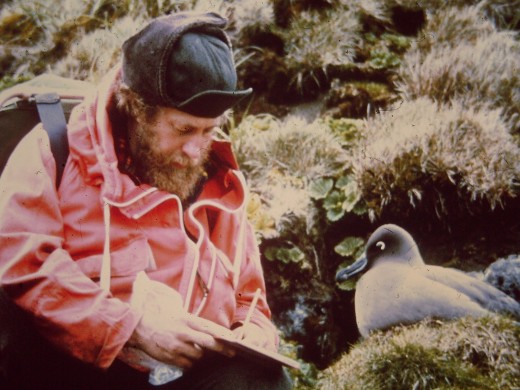
That golden chalice of happiness will never be found "out there."
How can we find the way to happiness? The Christian Bible says, “Seek and you will find.” Where do you seek? Chasing around the world won’t help. “The kingdom of heaven lies within.” Within what? Within you. How do you get to it? Try going within. How do you do that? Vipassana – it really does take you inside. The physical body is penetrated by one’s pure, unadulterated attention; the laser beam of the will of the real self. Keep looking. Keep going inside, inside, inside. Observe what happens.
Will that bring happiness?
Bring it?
Enable it?
So how can we enable it? How can we find ourselves being happy?
Yes, enable it. But is up to you, the real you, to will it. It is up to you to make the decision and then to commit to it. And it is up to you to begin taking the actions that will disintegrate and clear away the dross, melt the sankaras, the solidified thought-forms along with their attendant emotions. Nothing within your ego-mind can withstand the light of your own being. Use that light to penetrate into the egoic shells that for so long you’ve thought of as yourself. There will be fear as you begin this. You ego will cry out that “you are losing you.” Those fears will pass, and you will still remain, as we will all remain. How can we not? For we are all part of The All, the Alpha and Omega, the Infinite Intelligence, a centre of consciousness with a will, which is both local and non-local, a temporary inhabitant here to experience a dimension we call Earth.
So be happy.
Meandering Gentoos
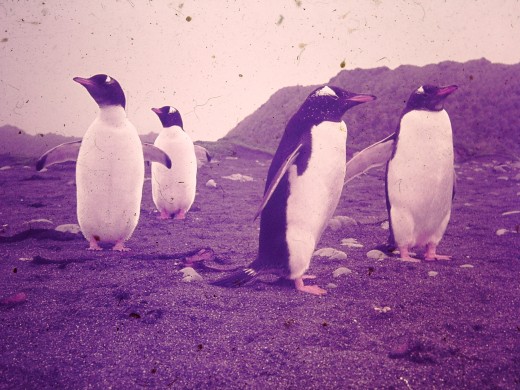
Scientists and various bofins look at Vipassana Meditation
Study: Victim of our genes- really?
Here is what Sharon Begley, who does regular “Lab Notes” at Newsweek Magazine, has to say about this:
“We have now moved beyond studies showing that mental training alters structure and function of the brain to studies showing that it alters the structure and function of our genes.”
It’s by now old news to suggest that we have plastic minds, brains that can physically change in response to our thoughts. Monks can quite literally grow their compassion centres. And in one sense, as Jonah Lehrer points out in a recent article, this plasticity shouldn’t come as too big a shock. That’s what thoughts do - move matter.
What’s more recent is the idea that the mind can also determine whether genes express themselves.
Mental training alters cell responses
Saying that “merely reading what genes a person has is so 20th Century.” Begley references a new study published in the peer-reviewed open science research database, PloS One, which describes how the “stress response, “ which has been implicated in disease development, has a good twin called the “relaxation response” that can have a direct bearing on certain diseases. By cultivating a relaxed mind and measuring the results in volunteers, research has determined that individuals can exercise some control over what genetic instructions are executed. Begley:
“By ‘mind,’ (the researchers behind the study) mean mental practices such as meditation and prayer, which are among the techniques used by the nineteen long-term practitioners of the relaxation response who were studied, along with nineteen volunteers who had never engaged in such practices. After the latter went through eight-weeks of training, the scientists compared before-and-after patterns of gene expression, finding that mental training alters the expression of genes involved in inflammation, in the form of cell suicide called apoptosis (which can keep damaged cells from forming cancers) and in how the body handles changing free radicals.
King Penguins
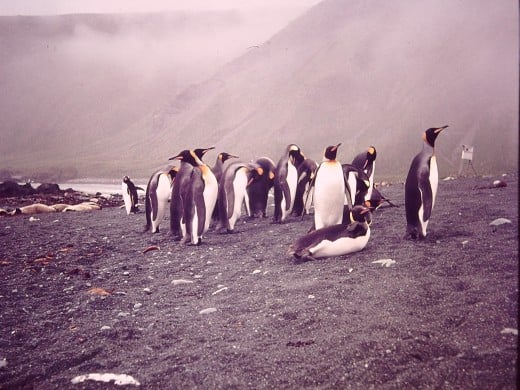
Some benefits of Insight Meditation
Study: Vipassana (Insight Meditation) and Psychosomatic Diseases
Here is what a Dr. Abhaykumar K. Shah has to say about the benefits of Vipassana Meditational practice”
“Manifestation of bodily disease is often the result of disturbances in the Psyche. For example, when one’s desires are frustrated, this frustration will manifest as symptomatic complaints and diseases such as angio-neurotic oedema, urticarial rashes, high blood pressure, hyperactivity, peptic ulcers, eczematous conditions of the skin, palpitation, angina attacks of the heart, ulcerative colitis, etc. as well as hysterical diseases.
“The root cause of these problems is the psychic process whereby aversion is produced. This process of repeated reaction to aversion produces functional disturbances in various organs and glands, which in turn, produce hormonal imbalances. If this process continues for some time, it even produces pathological disturbances in various organs which can lead to ulceration, tensions, spasms and various mental disturbances.
“Vipassana is a form of mediation by which balance and equanimity of the mind process is brought about by awareness of sensations produced in the body. By viewing them, that is by mere observation without one producing any attachment or aversion, a mental balance of equanimity leads to harmony and peace in bodily functions. The result of this harmony is the relief of psychosomatic diseases. The gland which is primarily affected in the process of Vipassana is the renal gland, which particularly produces various hormones in the body under stress.
(Through the practice of Vipassana) “ I have seen drug addicts and strongly addicted alcoholics giving up their cravings. Thus several psychosomatic diseases are either completely cured or considerably helped, depending upon the length of meditation carried out every day.”
Skua Gulls - Bold Scavangers of the South Seas

Here is what Jean-Claude See, of Paris, France, a practicing psychologist and an earlier advocate for Gestalt therapy had, in brief, to say about Vipassana.
“At the time, Gestalt therapy, as well as all other known therapies, appeared to me more and more limited when compared with the striking therapeutic power of Vipassana. None of them really revealed the source of suffering as Vipassana did, and none of them were capable of leading to the real end of all suffering as Vipassana can.”
Introduced to the technique of Vipassana Meditation by a O.N. Sriwastaw, a professor of psychiatry, here is what Dr. K.N. Dwivedi of India had to say – in brief- about Vipassana.
Insight Meditation works!
“In psychoanalysis the subject reports his free-associations as they occur and is helped to understand his mental mechanisms. The student of Vipassana also finds himself free-associating during meditation. However, psychoanalysis and Vipassana differ in their attitudes towards and interpretations of the materials of free-association. In Vipassana the emphasis is on maintaining a continuum of awareness of somatic sensations and inculcating a neutral attitude of indifference and non-indulgence in the ideational material. In Vipassana the interpretation is mainly phenomenological in terms of transitory, illusory nature of the emotive processes of clinging, aversion, and ignorance. Vipassana helps to decode the messages from the unconscious, revealing the universal struggle between the various forces. This eventually brings about a freedom from all conditioning.”
I hope you enjoyed Part Two of this discourse on Vipassana and Becoming Happy.
Tom.

